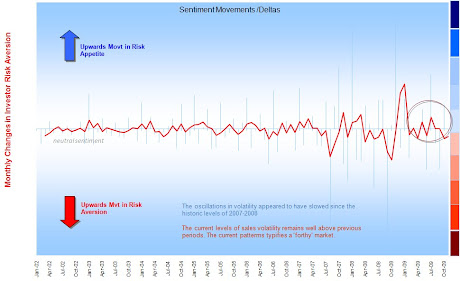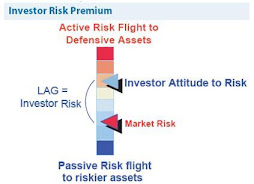
Another day - another post..
I have a number of ideas that I will be posting over the next week or so.. the start of threads that I hope will evolve.. a collation of various analyses I have been involved with over the last few years, ones I want to share with fellow investors.
However I'm hopeful others will sign up and post their own ideas.. With enough people; and enough ideas, then we can begin to formulate some fundamental questions, poll for consensus and set out some practical investing ideas to explore.. together!
In time 'consensus' themes could be worked into basic lo-fi asset allocation strategies.
Stay tuned.
JB




No comments:
Post a Comment
Note: only a member of this blog may post a comment.